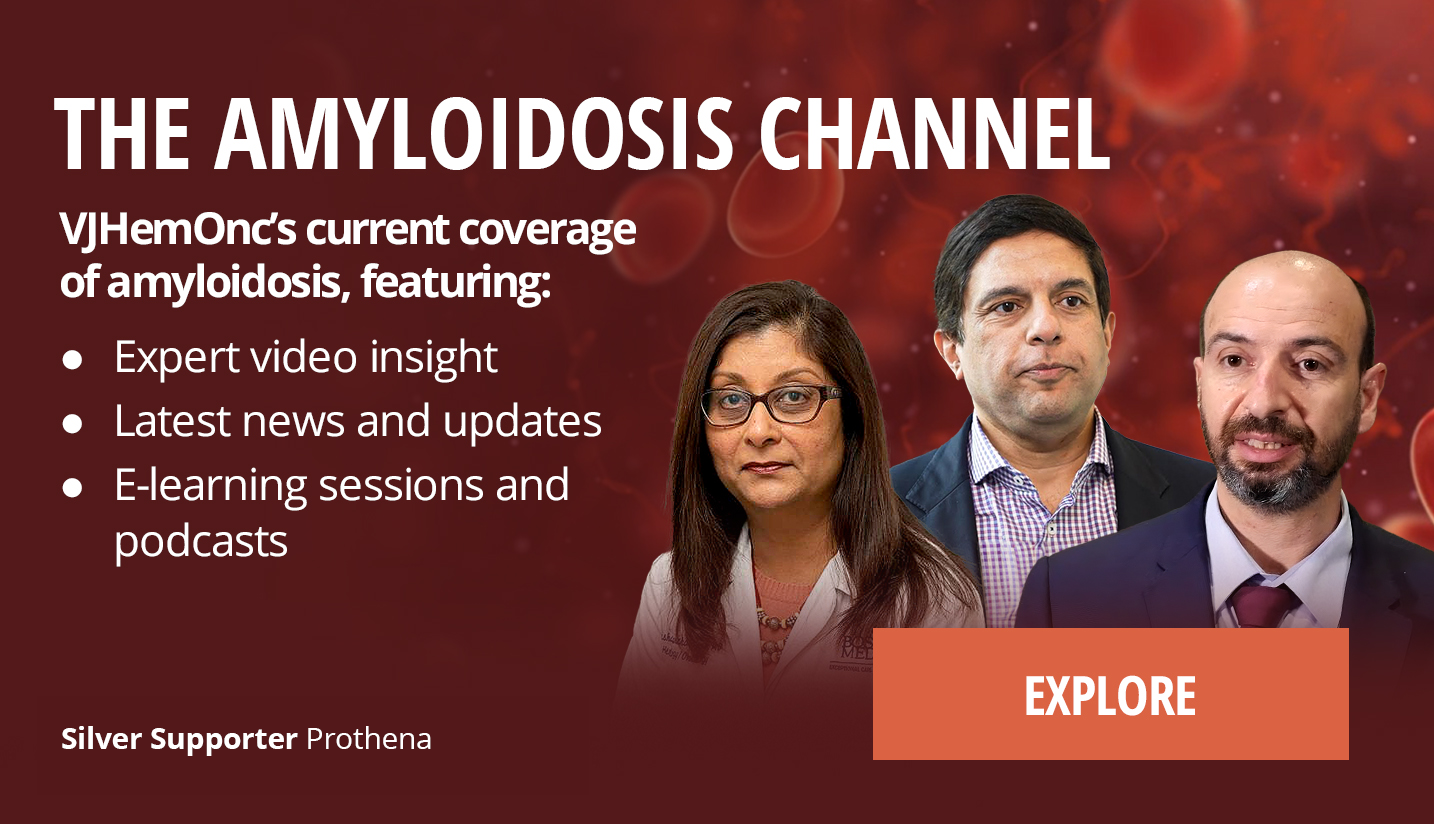So in the field of AL amyloidosis we are fortunate to have good therapies now, but they are all coming from the world of the much more common plasma cell disorder and multiple myeloma. And all the therapies for myeloma are right now directing the plasma cell clone, which is on one hand the root of the problem that’s increased the toxic amyloidogenic light chains, but on the other hand, the light chains that are already there in the tissues, we don’t have any therapies now to clear those...
So in the field of AL amyloidosis we are fortunate to have good therapies now, but they are all coming from the world of the much more common plasma cell disorder and multiple myeloma. And all the therapies for myeloma are right now directing the plasma cell clone, which is on one hand the root of the problem that’s increased the toxic amyloidogenic light chains, but on the other hand, the light chains that are already there in the tissues, we don’t have any therapies now to clear those. And this is where birtamimab and the CAEL-101 take place as antibodies directing into those fibrils that are already deposited in the tissues and promoting their clearance. In the Phase III trial of viltamimab, it wasn’t found to be helpful in the whole population, but in the most advanced patients in stage 4, it was found to be very helpful. So now the Phase III for only these populations, which is the hardest to treat, we are all waiting for the results. The CAEL-101 is another antibody that was found to be safe and quite efficacious also in the whole AL amyloidosis populations, not only the stage 4, and we are also awaiting the study, the Phase III study results. I think in the future, if it will prove to be beneficial in first-line, maybe we should test these agents also in advanced lines in patients that were not exposed previously to these agents.
This transcript is AI-generated. While we strive for accuracy, please verify this copy with the video.
















